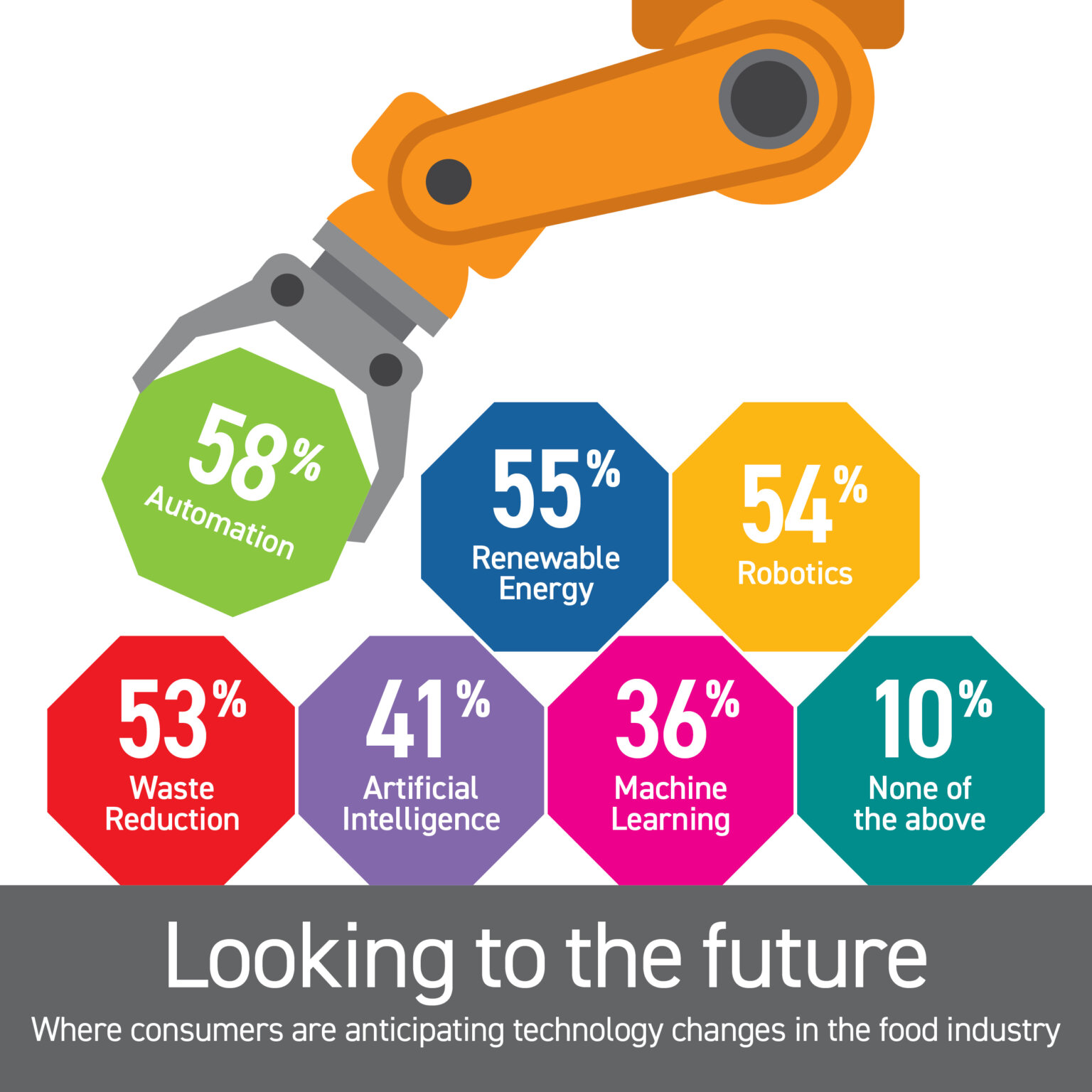In a world of increased diversity of niche communities, ranging from communication channels, retailer outlets, and more, the journey that food takes from farm to table remains an overlooked narrative according to a recent survey* conducted by the Hormel Foods Brand Fuel team. Surprisingly, only 10% of respondents report growing more than half of their own food, highlighting the pivotal role that grocery stores play in shaping our food habits. In this light, the disconnect between consumers surveyed and the origins of their meals becomes apparent.
Sourcing Food For Meals
*Toluna Start survey. United States sample
N= 182 respondents
Primary- or Shared-Responsibility Grocery Shoppers
Ages 18-54
Fielded Dec. 18, 2023
A striking 28% of consumers surveyed confess to ‘rarely’ or ‘never’ contemplating the odyssey their food embarks upon before gracing their tables. It’s a stark realization that, for many, the convenience of the modern grocery store has overshadowed the appreciation for the intricate supply chain that brings food from farm to fork. This disconnection is further emphasized by the fact that 60% of consumers surveyed claim to only personally know 1-2 people working in the food production industry, underscoring the limited visibility into the lives of those who dedicate themselves to putting food on our tables.
Frequency of Reflection on Food’s Journey
*Toluna Start survey. United States sample
N= 182 respondents
Primary- or Shared-Responsibility Grocery Shoppers
Ages 18-54
Fielded Dec. 18, 2023
In conclusion, the journey of food from production to consumption remains a captivating yet underexplored narrative in the minds of American consumers. As technology continues to shape the future of food manufacturing, a nuanced understanding of these dynamics can bridge the gap between consumers and the meals that feed their families.

